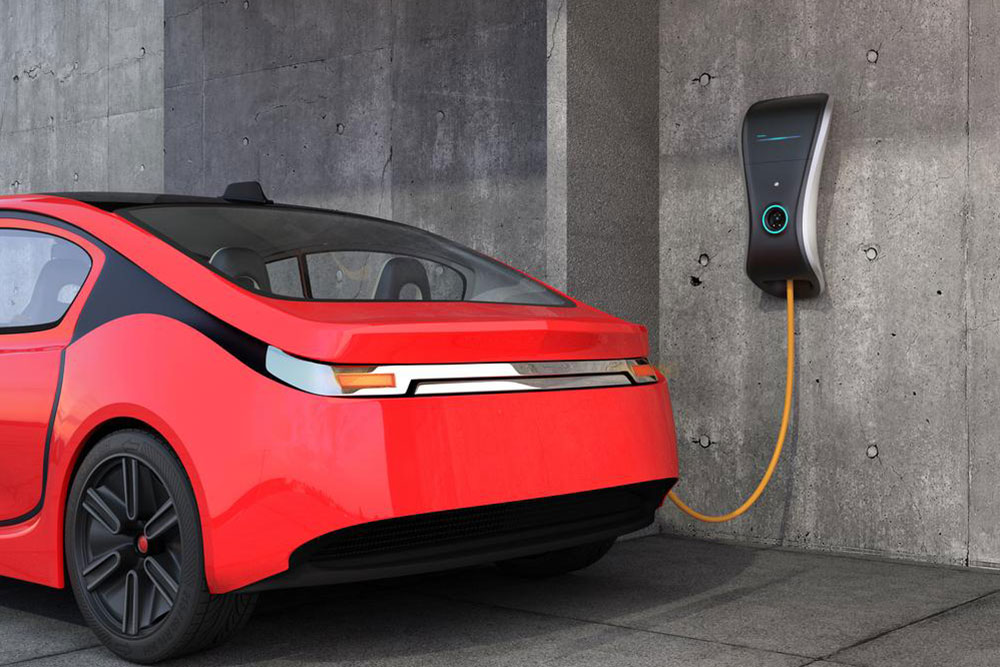All you need to know about electric cars
Electric cars are battery-powered vehicles that use electricity instead of gas. While in the past they couldn’t cross speeds of 40 km per hour, today, we can see electric sports cars as well.
Many leaders are calling this the next shift in the automobile industry. This change was possible only because of the advent of better car batteries, and the inflated prices of oil and gas.
Governments all over the world are promoting cars with electric motors as they are eco-friendly and do not use any fossil fuels.

Charging electric vehicles has never been this easy; you just need a charging station. You can get one installed at your home garage or you can even charge your vehicle in public booths.
The best-selling electric vehicles in the country are Nissan LEAF and Tesla Model S. If you just look at the Tesla, you won’t be able to figure out whether it is an electric powered car or gasoline powered one. On a full charge, these electric vehicles can cover a distance of 243 km and 539 km respectively.
The speed limit for electric vehicles varies from one brand to another. Additionally, an electric vehicle’s speed limits would be determined by its onboard battery.
To bridge the gap between electric cars and gasoline-powered ones, some manufacturers have come up with hybrid vehicles. These vehicles work on gasoline as well as electricity.
Some high-performing electric vehicles come with HPEVS motors. This system can be integrated into full-sized cars, golf cars, motorcycles, industrial or utility vehicles, and even on amusement park attractions. These systems deliver maximum distance, efficiency, and power.
Some people are making their own electric cars by converting a gasoline-powered car. They replace the engine with an electrical motor, and this motor gets its power from the controller. In turn, the controller gets its power from rechargeable batteries.
Only some vehicles are suited to such conversions. The gasoline engine with its catalytic converter, tailpipe and gas tank will be removed before the conversion. While the clutch assembly is taken out, the manual transmission part is left back with an adapter plate.
The advantages of electric motors are lesser pollution and its applicability in hybrid and battery-powered vehicles. In most cases, owners decide to shift from gasoline-powered cars to electric ones because of lower fuel costs.